Aren’t bonsai plants the cutest to have in your house or workplace? Imagine having a miniature apple tree that bears mini apples on top of your office table. Cute, isn’t it? It will grow like a regular tree and grow flowers and bear actual miniaturized fruits.
An apple tree with its dense form, numerous green leaves, and lovely flowers is the perfect bonsai plant type. They are also known as the Pitch Apple or Monkey Apple tree and are native to tropical regions of America.
An apple bonsai can be grown from seeds or seedlings or using cuttings. In this article, we will primarily focus on how to grow these from seeds.
Growing Apple Bonsai Trees from Seeds
It is possible to grow an apple tree from seed, but the results that you get might be different from what you expect from them. It may not reproduce a tree that is true to the type of tree that you want.
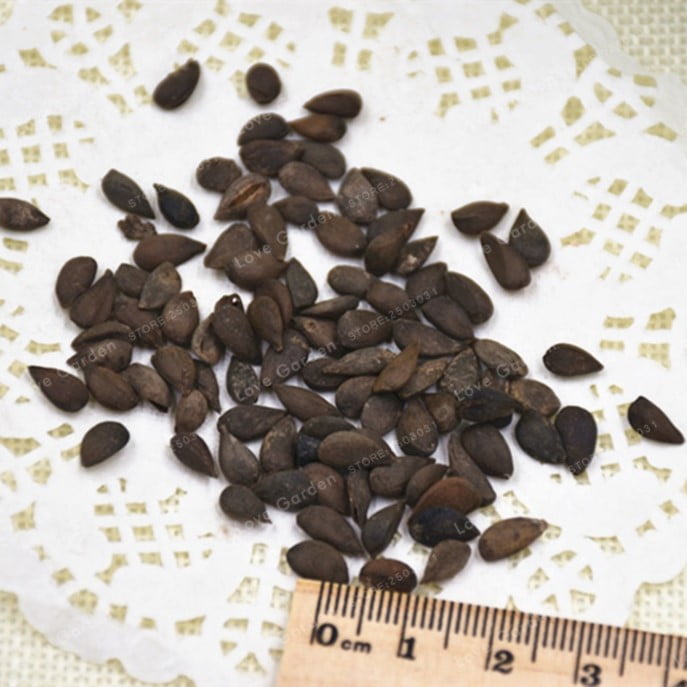
The chances are one in a hundred that seed will produce a tree identical to the parent’s characteristics and fruit. This is also why most apple trees are grafted to get clones of the parent tree. However, if the type of apple tree is not your major concern, then it can be a fun and interesting activity to grow the bonsai from seeds.
A bonsai apple tree grown from seeds can take as long as 7 to 10 years to know if it will produce any fruit or not. Also, since Apple trees are not self-pollinating, they are planted in pairs to bear fruit. They need a different kind of tree to pollinate. Pruning, cutting, and shaping must be done early to accommodate its fast growth.
How Do You Germinate Apple Seeds?

Growing bonsai apple trees can be a fun experiment but it also requires lots of patience. After collecting the seeds, they should be exposed to a period of cold temperatures, a process called Stratification. Place many seeds (since the germination rate is 30%) in a bag with damp moss and place them in a refrigerator for about 6 weeks. Now, plant it in a pot.
Apples are beautiful trees but also one of the most difficult fruits to grow. Both the trees and fruit are highly susceptible to insect infestations and diseases such as scabs, brown spots, and fire blight.
They require high maintenance, so if you desire delicious, juicy fruits in less time, you should probably consider purchasing young trees of the variety that you want to grow.
Steps on how to Plant Apple Trees
- Start with collecting seeds from two kinds of apple trees.
- Place it in a dry paper towel and let it dry out until there is no moisture on the outside shell of the seeds.
- Wet another paper towel and let it dry till it’s damp. Now cover your seeds with this damp paper towel
- Place it in a sealed container or plastic bag.
- Place the seeds in the fridge. They need to be exposed to cold temperatures to stimulate wintertime. This is the period when the seeds begin to grow and produce sprouts.
- Maintain a temperature of 40-50 degrees Fahrenheit and keep the seeds inside the fridge for 70-80 days.
- You can do this when wintering to align the seed growth with the actual seasons.
- Keep a regular check and ensure that the paper towels are damp.
After the stipulated time, the seeds can now be removed from the fridge. Prepare your pot and soil before removing them out. Use a good pot mix with Akadama. Ideally, the soil should have a neutral pH. Do not add fertilizer yet as it is not needed at this time. Your seed needs to be planted outside in a prepared pot or seedbed. So, ensure it is done before itself.
- Now, as the seeds are out of the fridge, it is time to place them in the middle of the soil and cover it.
- Compress the soil by patting it down.
- Water it and let the soil settle around the seed. The soil should stay moist.
- Keep the container or pot at room temperature or in an environment higher than room temperature, like a place near a window.
- Seedlings grow after several weeks of planting. Make sure to water the seeds daily.
Caring your Apple Bonsai Tree
Apple bonsai requires extra TLC to keep them healthy, strong, and ready for pruning. Please keep them in a sunny location indoors for their best growth. A place near a window can be a perfect spot for them. Make sure to water them daily but avoid watering when the soil is already damp.
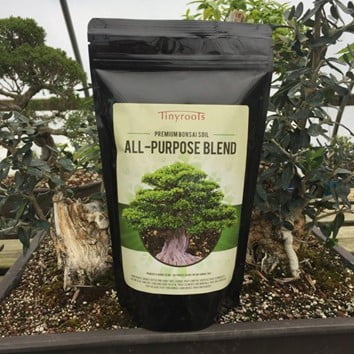
You can fertilize the soil twice a month to maintain a healthy supply of nutrients.
- 🌿 VIBRANT GROWTH — Fertilizing Your Bonsai Plant Leads to More Growth, AND a Deeper Colors
- 🍎 HEALTHY PLANTS — Filled With Essential Nutrients that Your Bonsai Tree Needs to Stay Robust...
- 👨🍳 SPECIALLY FORMULATED — NPK and Application Instructions Are Specific To Containerized...
- 💧 CONCENTRATED MIX — You Only Have to Apply a Measured Amount to Your Water Before Watering
- ⚙ RESEALABLE BOTTLE— Our Liquid Bonsai Fertilizer Will Keep Its Effectiveness for Months
Conclusion
Miniature plants like apple bonsai trees can be a source of joy and happiness, especially when you watch them blooming with flowers and bearing fruits. But it also takes efforts and special growing skills to maintain and grow them healthy.
Apple bonsai trees also need shaping, pruning, and good maintenance care. If you can take good care of it, you will be able to have a lovely fruit-bearing tree in no time.

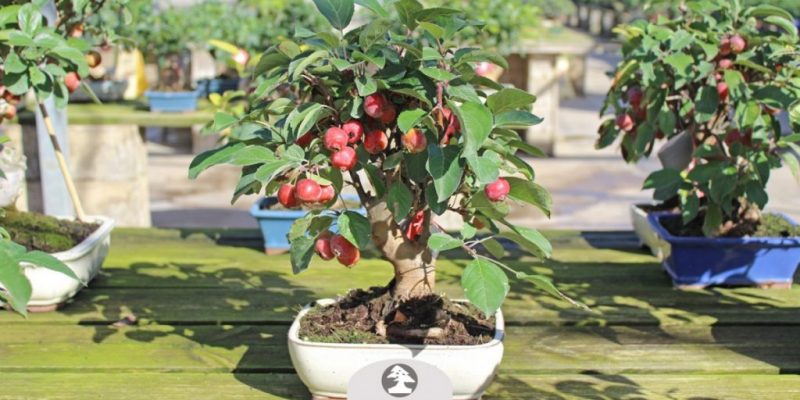





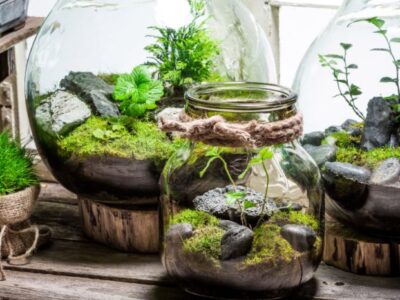


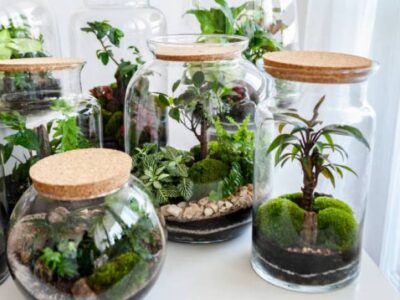
[…] Nurturing an indoor apple bonsai involves a delicate balance of humidity and lighting. […]
[…] The lifespan of apple bonsai trees can significantly exceed expectations with the right care. […]
[…] those fascinated by the art of bonsai and the charm of miniature fruit trees, growing apple bonsai trees at home presents a delightful […]
[…] in learning more? Discover how to properly care for your crab apple tree to ensure it remains healthy and […]
[…] more about choosing and caring for your apple bonsai tree and bringing natural beauty into your home without worrying too much about the […]
[…] patience and consistent care, your apple seedlings can thrive and eventually transform into charming miniature bonsai’s, perfect for any beginner […]